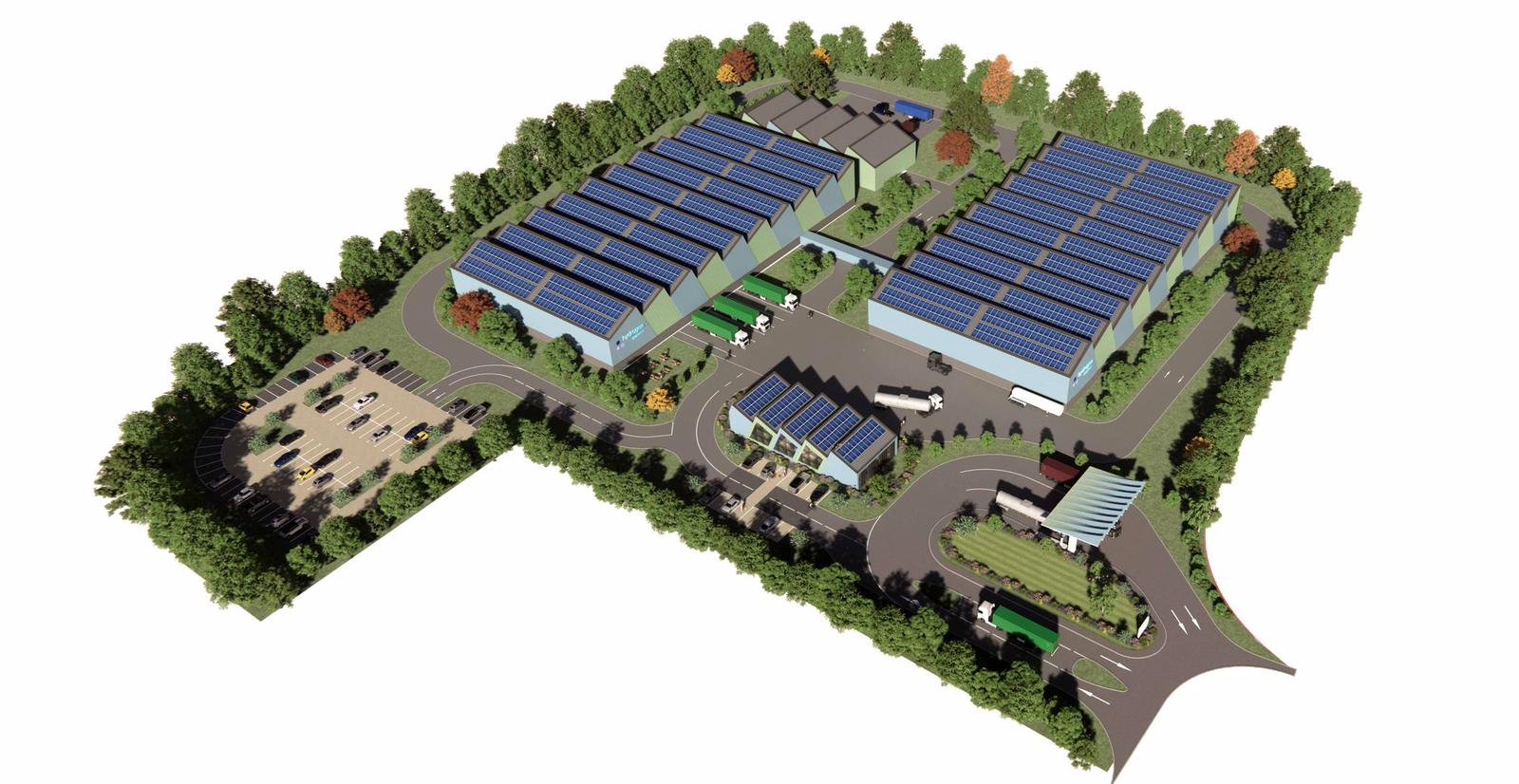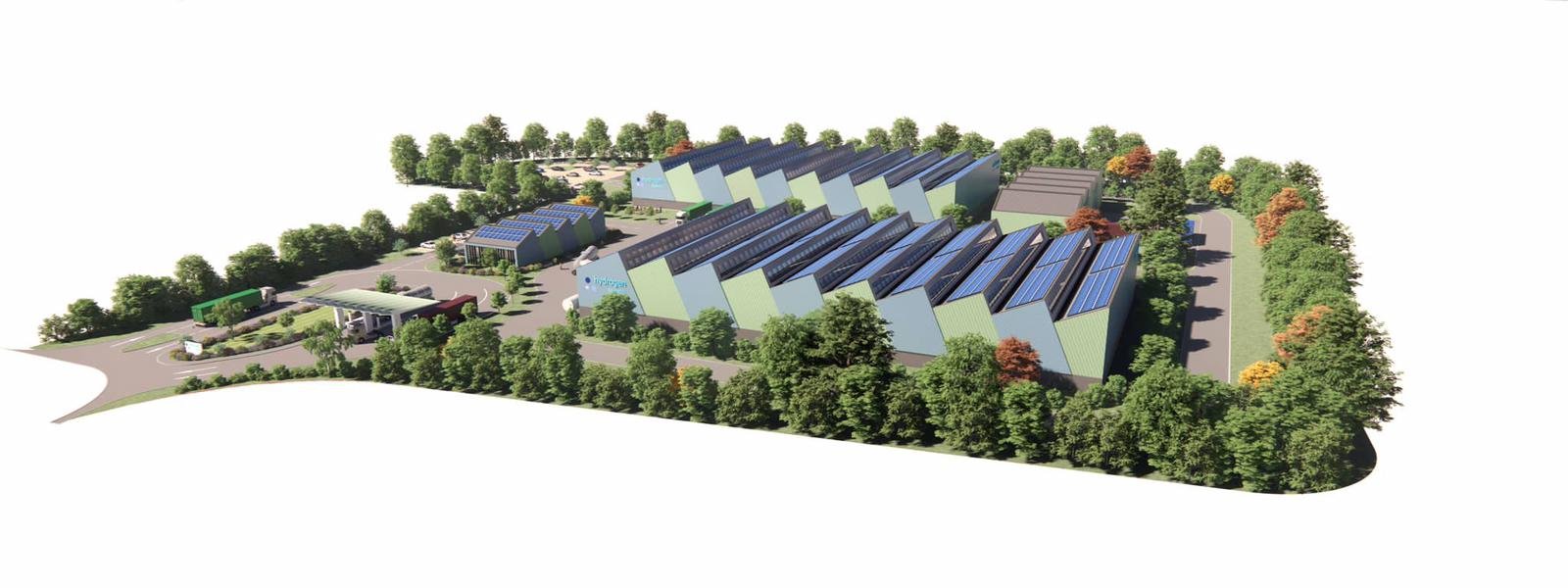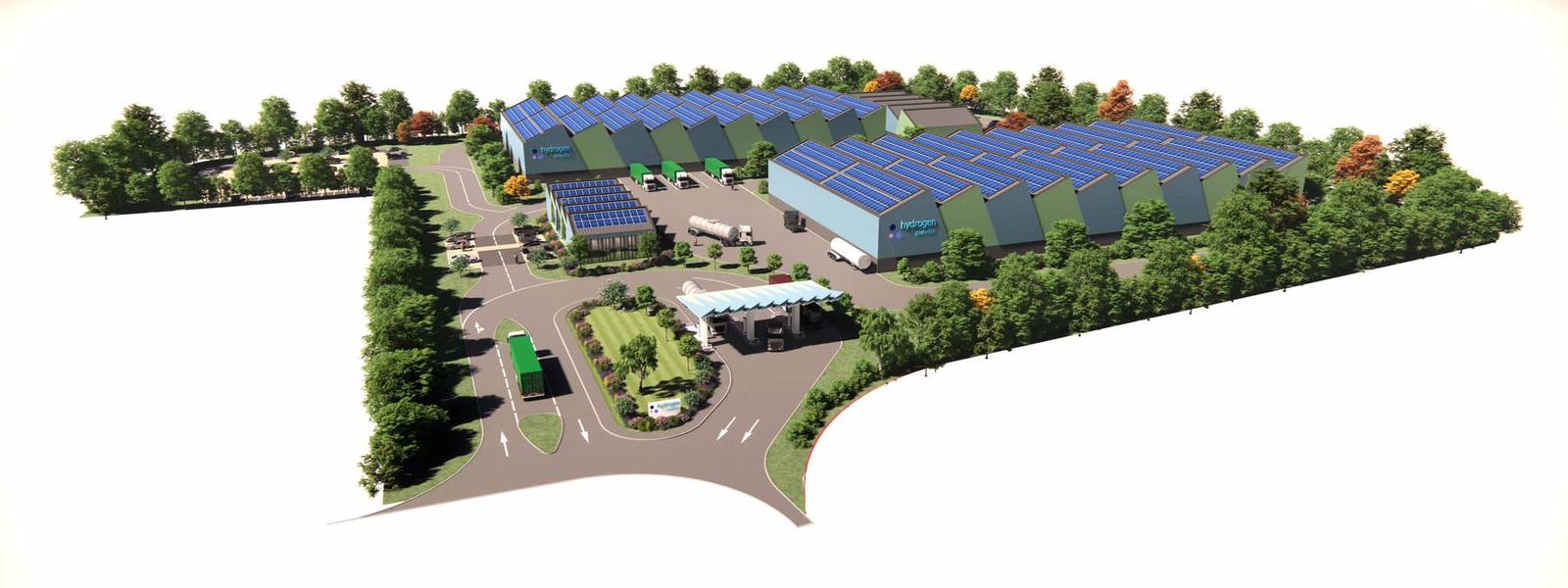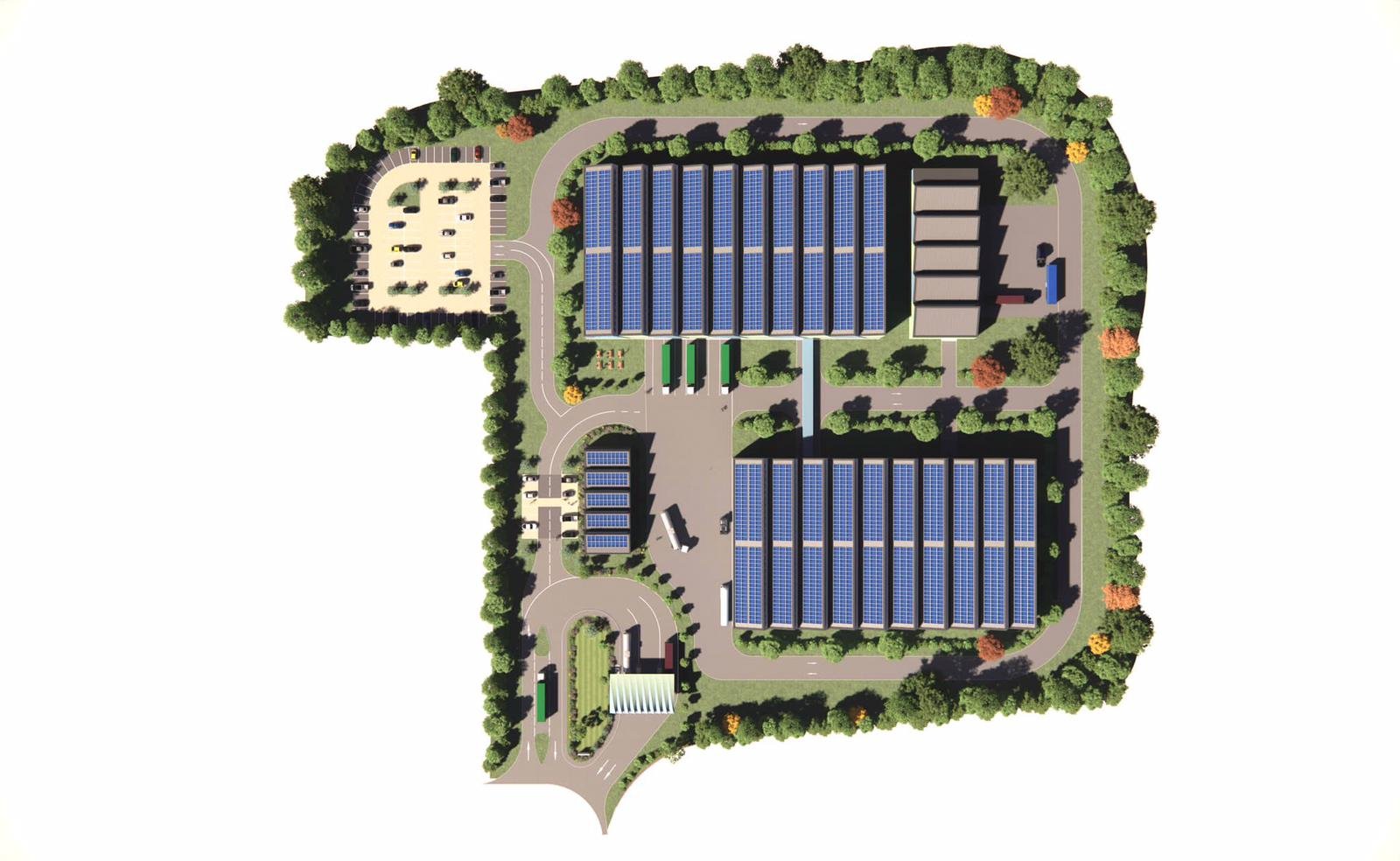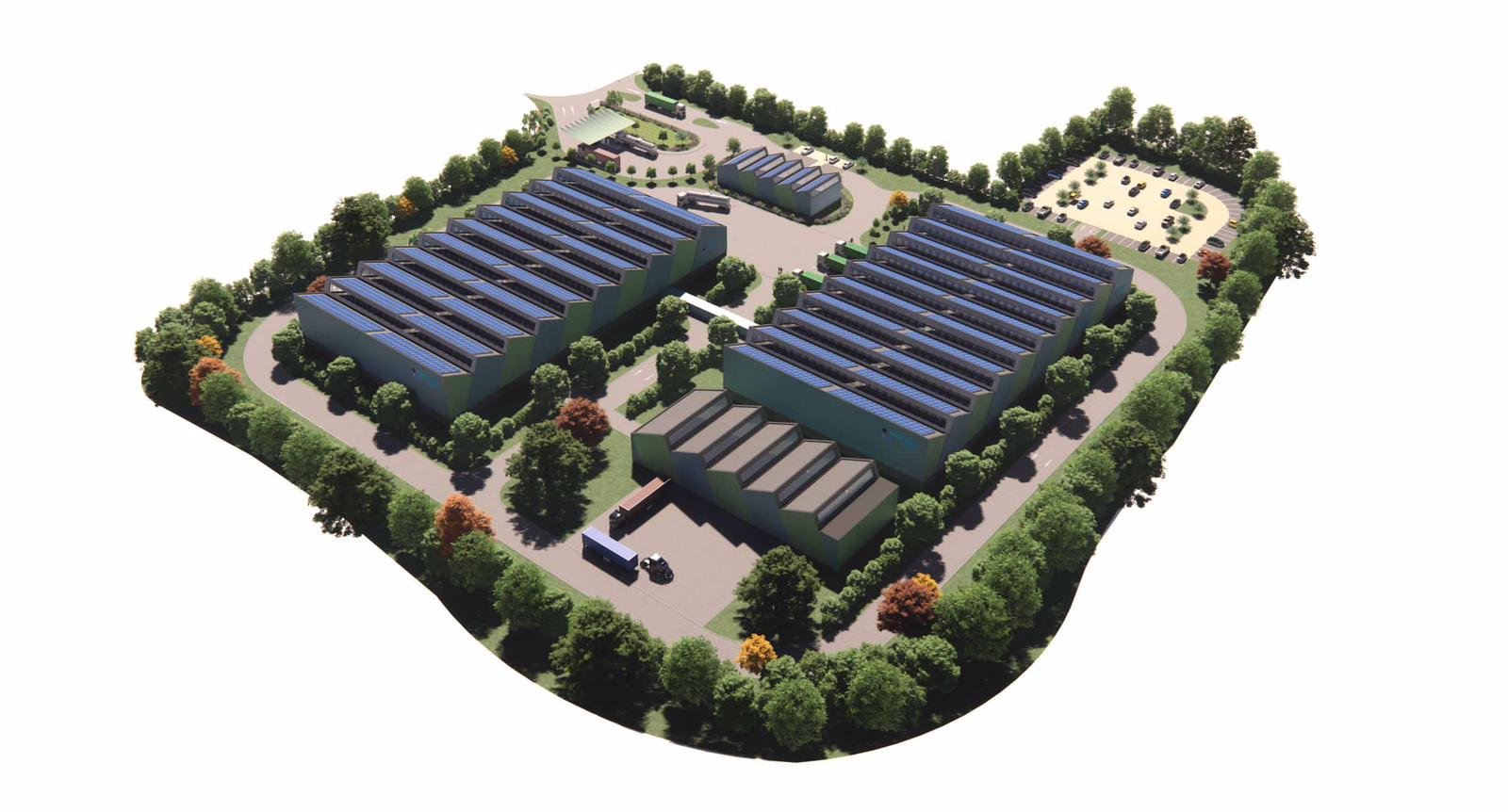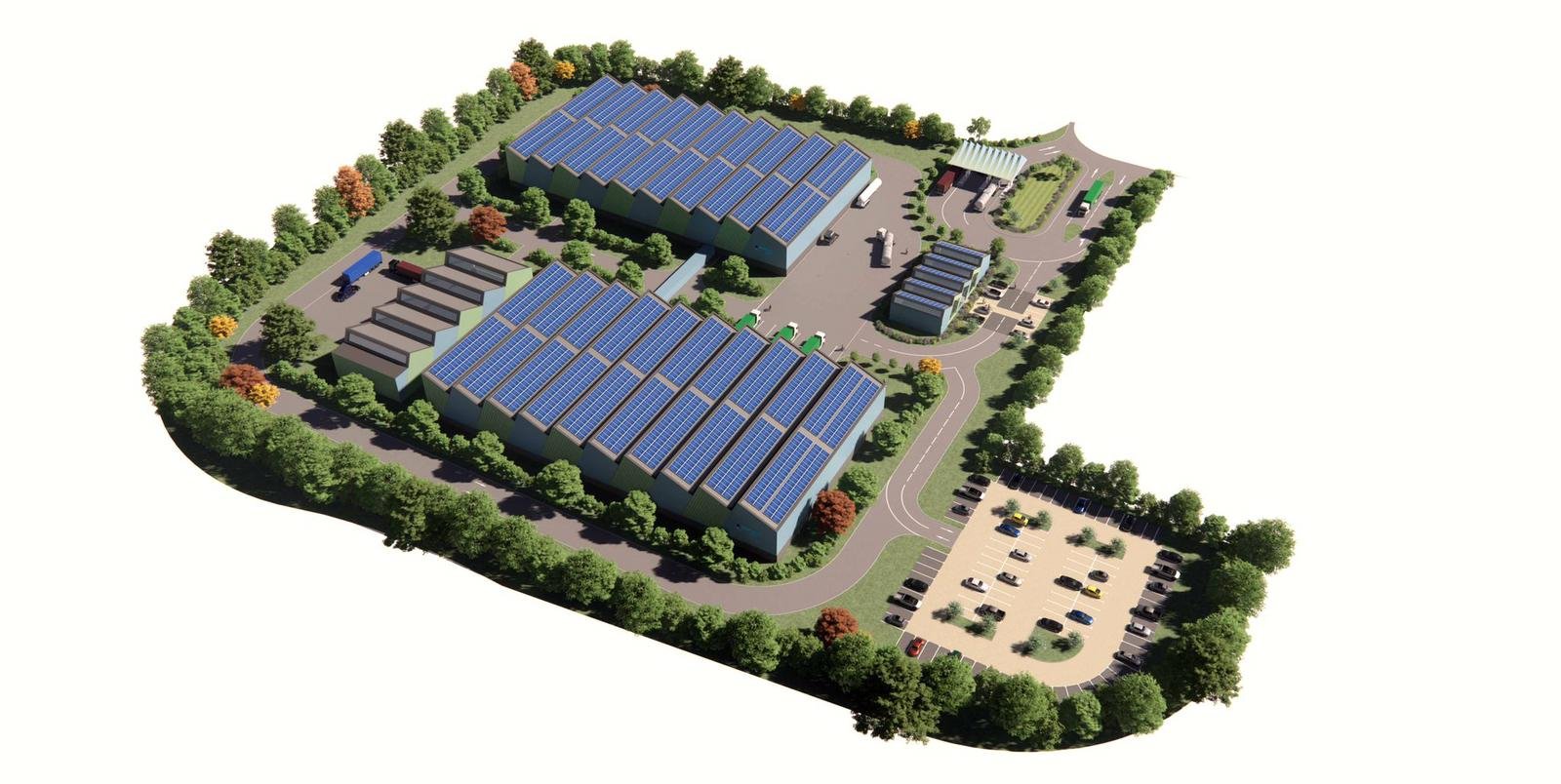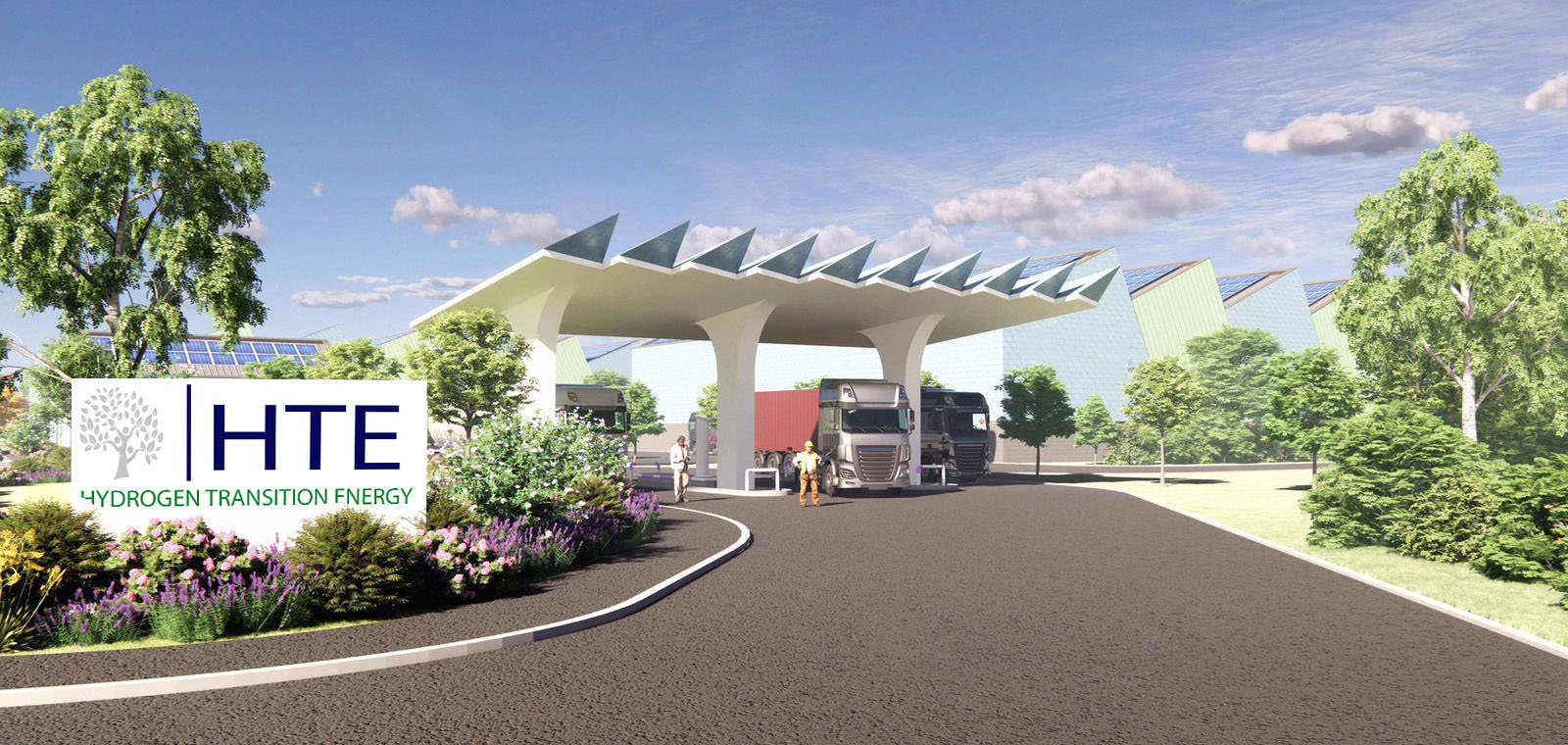
Climate change is the defining crisis of our time and it is happening even more quickly than we feared. But we are far from powerless in the face of this global threat. As Secretary-General António Guterres pointed out in September, “the climate emergency is a race we are losing, but it is a race we can win”.
Mr. Guterres echoed those calls, describing the climate emergency as “the defining issue of our time”. Noting that the last decade was the hottest in human history, he said wildfires, cyclones, floods, and droughts are now the new normal.
No corner of the globe is immune from the devastating consequences of climate change. Rising climate temperatures are fuelling environmental degradation, natural disasters, weather extremes, food and water insecurity, economic disruption, conflict, and terrorism. Sea levels are rising, the Arctic is melting, coral reefs are dying, oceans are acidifying, and forests are burning. Business as usual is not good enough. As the infinite cost of climate change reaches irreversible highs, now is the time for bold collective action.
OUR SOLUTION - WASTE TO HYDROGEN
The driving force behind transitioning away from fossil fuels to greener alternatives such as hydrogen for the hard to decarbonise sectors is climate change. Hydrogen however is a very versatile energy carrier and can be used in various industrial and residential applications as well as vehicle fuel. The waste heat from the process will be recycled by thermal capture to help power the facility, providing a self-sustaining process – the first of its kind in the UK. As our primary power source will be geothermal power, with additional solar PV and battery back-up, this also allows for the facility to run ‘off grid’ if necessary, without creating significant demands on local utilities that many industrial units of this size struggle with.
Additionally - the process is CO2 negative, as we are recycling CO2 which is already in the environment and utilising it thereby reducing the need for more CO2 production for industry.
OUR PROCESS - WASTE TO HYDROGEN
Our green hydrogen is produced using landfill waste in a plasma gasification plant which can produce the equivalent of 17Mega watts of energy per plant per annum.
The process, transforms waste into syngas, through extremely high temperatures (more than 3000 degrees centigrade)
Annually, a maximum of 4,250 metric tons of hydrogen will be produced per facility.
The plant is largely self-sustaining, this means that 70% of the energy required for the gasification process is generated by the process and plant and recycled by way of thermal capture. The remaining energy is provided by solar and geo-thermal with battery storage back up.
We capture all CO2 as commercial grade liquid CO2 which will be sold to industry (for biofuels and sustainable aviation fuel).
WHY USE OUR GREEN HYDROGEN
There are numerous ways to produce hydrogen for industrial uses. We are only going to concentrate on green hydrogen. As you can only work to decarbonise your operations if the hydrogen you use is green. Other forms of hydrogen production involve the release of CO2 into the atmosphere so are just as harmful as using fossil fuels. In fact, the main forms of hydrogen production at present use fossil fuels to produce their hydrogen.
Currently, there are two main ways to produce green hydrogen. One of them is electrolytic hydrogen using electrolysers to convert water into hydrogen and oxygen through electrolysis. This hydrogen can only be classed as green, if the energy used (and this is a very energy intensive process) is renewable energy, typically wind or solar. The problem with this, is that unless the electrolyser is powered directly from its own dedicated wind turbine or solar array how can you guarantee the power is renewable. If the electrolyser is relying on a grid connection, even though you can stipulate a green tariff can you guarantee that all your power all the time is renewable? The certification process for green hydrogen has yet to come to terms with this issue.
One of the issues with using electrolysers to produce green hydrogen, is the scale of production. Currently a 1MW electrolyser can produce around 144 metric tonnes of green hydrogen per annum. To do this it needs approximately 1.3 million litres of drinking quality water. There are other drawbacks to electrolysers, the membranes which are key to their operation rely on a group of metals known as the ‘noble’ metals such as platinum, ruthenium, and iridium. As well as being scarce they are also expensive. In addition, the ruthenium and iridium tend to degrade over time so need replacing.
Whereas, our plasma gasification technology is a tried and trusted industrial process and the patented method of syngas purification to produce fuel grade green hydrogen (99.999%) at scale has been deployed worldwide. Our feedstock is non-recyclable waste which we get paid a gate fee per tonne to convert into green hydrogen and liquid CO2. The liquid CO2 is a valuable industrial chemical which is sold for biofuels, sustainable aviation fuel, or other industrial uses.
Our production facility is powered by our own geothermal energy plant and backed up by our own rooftop solar PV and battery storage, guaranteeing that our hydrogen is green as the power we are using is certified as 100% renewable. We also produce green hydrogen at scale, 1 of our plants can produce up to 4,250 metric tonnes of fuel grade green hydrogen per annum nearly 30 times the capacity of a 1MW electrolyser.
This leads on to the obvious benefit, that as we are producing green hydrogen on an industrial scale the cost per kilo (£/Kg) of our green hydrogen is substantially cheaper that the only alternative electrolysed green hydrogen.
As our plants rely on their own geothermal plants for power and we do not require drinking quality water we can site our plants where they are needed close to the areas where the green hydrogen is to be utilised, thereby eliminating the need for long distance transportation of the hydrogen.
Hydrogen Transition Energy
vs
Competitors Hydrogen Production Methods
Project Design
